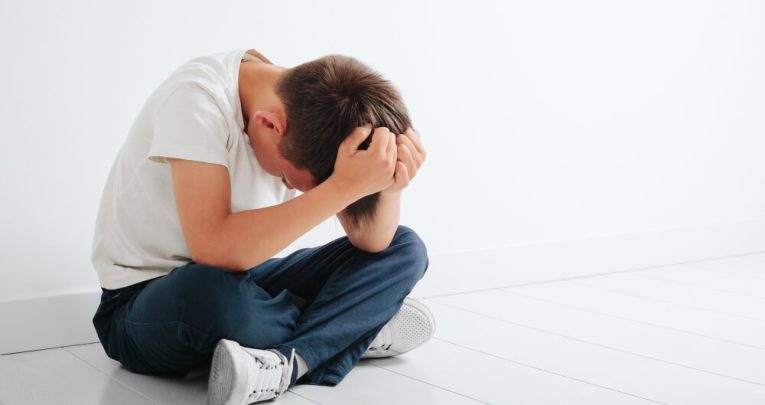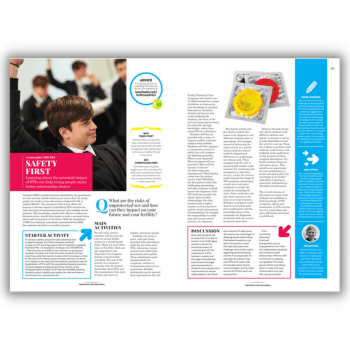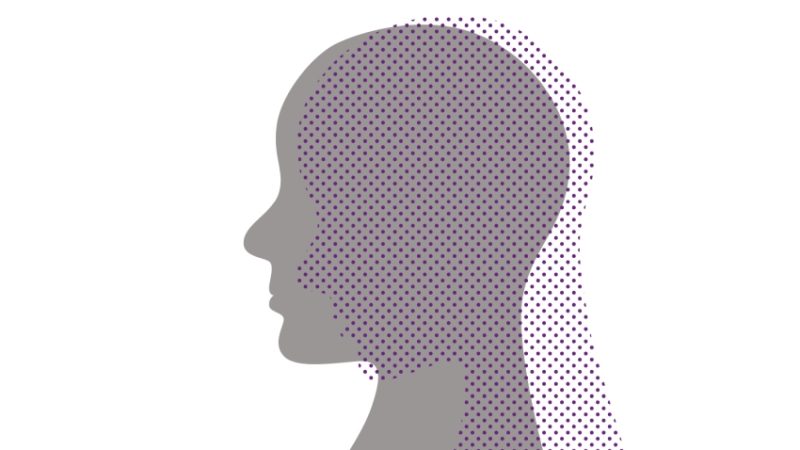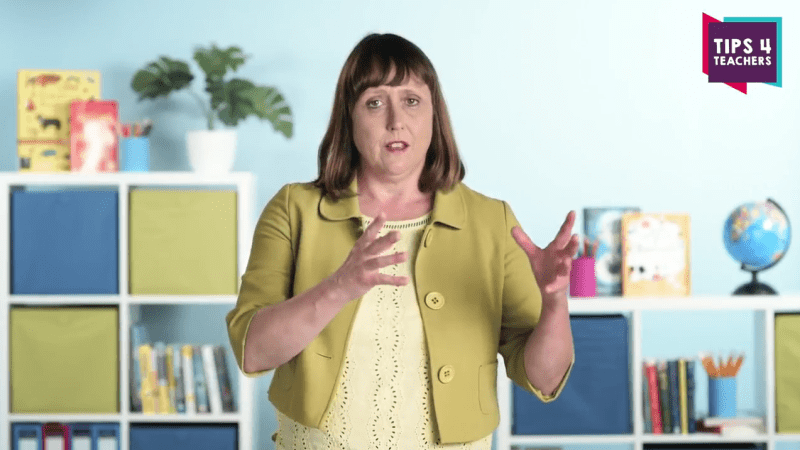Student trauma, fear and safe spaces – COVID’s mental health legacy

Amy Sayer explores how the ongoing impact of COVID on children’s mental health and behaviour can present as aggression, defiance or withdrawal – and looks at what schools can do in response…

- by Amy Sayer

Schools’ routines and expectations may be gradually coming to resemble what they were before the pandemic, but the events of 2020 and 2021 will have left a lasting impact on the mental health of many students.
In a survey of young people, the charity Young Minds found that 67% felt this applied to them, with loneliness/isolation, worries over being unable to attend school and an inability to undertake activities conducive to mental health emerging as the three factors affecting them the most.
Of course, while every child will have had their own individual experience, some commonalities will include not being able to see teachers and friends within the ‘safe’ space of school during lockdown, lack of contact with relatives and other caring individuals in their lives, and the genuine fear for one’s safety that many of us felt during the early stages of the pandemic – the latter of which could mean that many children are still affected by trauma.
Then there are those children whose experiences may have included the sudden COVID-related death of a close relative, giving rise to painful feelings of grief that may not have been fully discussed or processed at the time, and which may now be potentially ‘triggered’ by, for instance, news reporting of COVID death rates.
Another example might include children who were previously victims of domestic abuse in the past, and who experienced the re-emergence of difficult emotions and behaviours when lockdown left them trapped at home and unable to see their friends.
Perceived threats
Indeed, we now know that the collective strain placed on families during lockdown coincided with a marked increase in calls to domestic violence helplines.
According to the charity Women’s Aid, “91% of respondents currently experiencing domestic abuse said the COVID-19 pandemic had negatively impacted [this] in at least one way. Survivors with children who were currently experiencing abuse told us things were also worse for their children. 53% told us their children had seen more abuse to the survivor, and 38% said that their abuser had shown an increase in abusive behaviour towards the children.”
This has meant that more children than ever before have witnessed, or been involved with domestic violence to some degree, at a time when the usual support mechanisms often haven’t been available to them. In many cases, they would have been unable to speak freely to friends and teachers about what they were experiencing, which could well have left their bodies in a perpetual ‘flight, fight or freeze’ response typical of trauma.
Some may well experience a sudden flood of adrenaline when triggered by something that reminds them of the violence they’ve been exposed to, and respond by becoming aggressive, despite the absence of any obvious threat. For those children struggling with post-COVID trauma, their bodies will continue to act as though the original threat remains present – something that can be uncomfortable, scary and exhausting to manage on a day-to-day basis.
Trauma and aggression
When a trauma response is triggered in a child, the resulting feelings can be intense and frightening. If this is a regular occurrence, the child may come to feel that they’re different from their friends. They might not understand why they’ve experienced such a strong reaction, and will likely lack the emotional regulation strategies needed to manage and reduce its affects.
When children feel disturbing or scary sensations that stem from past trauma, the resulting adrenaline rush can easily lead to aggressive outbursts or worse. Where this is the case, you can sometimes see it exhibited in aggressive behaviour towards peers, or even teachers.
It’s therefore vital that schools are given adequate training in understanding how to support affected children, both in the short term and longer term. When spotting signs of trauma, therefore, it’s useful to look out for agitated behaviour in response to sudden loud noises, lots of background noise, bright lights or distinctive smells.
You may also witness seeing some children being unusually ‘snappy’ or aggressive around their usual peer group for seemingly no reason. At other times, you may observe an inflexible or extremely defensive stance against anything that might result in profound changes to their daily routine – including the presence of new adults in their lives, such as a supply teacher.
General behavioural changes can meanwhile include withdrawal and wilful isolation from peers, and a desire to always avoid certain areas within school at certain times (such as busy and loud eating areas).
Students perpetrating acts of violence may be doing so as a result of previous trauma, even if the violence in question amounts to little more than play-fighting or acting out scenes from a film or game.
Be aware that children affected by trauma will likely become more tearful than usual, and be less able to cope with standard school activities – even meditation or mindfulness activities designed to help them.
This could be accompanied by signs of tiredness, stemming from an insomnia caused by regular nightmares, which may in turn fuel other ailments, such as nausea or headaches.
Safe spaces
So what can schools do to support students grappling with symptoms of trauma? As a first step, lesson time should be dedicated to teaching around matters of mental health, so that students who are affected and those who aren’t can better recognise symptoms of problematic mental health and respond appropriately.
In cases where a child starts to show aggressive behaviour, remain calm and assertive at all times. They need to know that you’re there to help them feel safe again, and that you won’t consequently treat them any differently from their peers in the long term.
If you can, try setting aside a small area within the school to serve as a ‘safe space’ which children can use to emotionally regulate themselves and calm down after being triggered.
Finally, be sure to refer parents to any external support services and/or online information resources that might be in a position to help them better understand trauma themselves.
Out of character
The traumatic impact of COVID on school students needs to kept constantly in mind. Some students will be carrying the impact of events they’ve lived through during the pandemic in their minds and bodies, and as such, may now be displaying aggressive behaviours towards peers in a way that seems very out of character and unusual for them.
Staff must meanwhile be mindful of behaviours that may indicate a trauma response within children, and ensure there’s an easily accessible framework of support in place.
Ideally, all staff should be able to de-escalate both their own behaviour and that of students via appropriate emotional regulation techniques, which may potentially involve making use of a designated ‘safe space’ area – at least until further professional support is available.
Amy Sayer is a head of religious studies, mental health first aider and writer; follow her at @AmySayerAS











